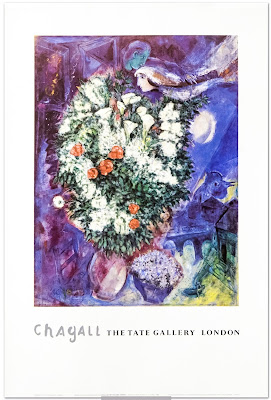If Art Could Talk Series: The Miraculous Journey of an Early Christian Sarcophagus: From Ancient Rome to Modern America
I am an ancient marble sarcophagus, a silent witness to nearly two millennia of history. My story begins in the early days of Christianity, around 300 AD, when skilled artisans in Rome brought me to life. Their chisels carefully carved intricate scenes into my surface, depicting moments from the lives of Saint Peter and Christ. Little did I know then that my journey would span continents and centuries, transforming me from a sacred burial vessel to a garden ornament and finally to a treasured piece in one of the world's most renowned museums.
I am a little over two feet tall, almost seven feet long, and slightly over two feet wide. My face bears the most detailed and intricate carvings, predominantly focusing on scenes from the life of Saint Peter. This emphasis is not by chance - it reflects the growing importance of Peter in the early Church. This choice would prove prophetic as the centuries passed and the papacy became prominent.
Other scenes etched into my marble surface include Jesus Christ, shown in profile, seated on a colt as He enters Jerusalem - a depiction of the triumphant entry on Palm Sunday. Another carving illustrates the miracle of the loaves and fishes, where Jesus feeds the multitude with seemingly insufficient provisions. Each of these scenes and others creates a rich tapestry of biblical storytelling in stone. I am a visual narrative, bringing to life key moments from the Bible with remarkable detail and artistry.
I came into being during a pivotal time in history - the reign of Roman Emperor Constantine. His decision to embrace Christianity changed everything. The Edict of Milan in 313 CE granted religious tolerance throughout the Roman Empire, effectively legalizing Christianity and marking the end of centuries of persecution. Suddenly, the faith that had once been forced into the shadows could step into the light. I represent this new era of religious freedom and expression, one of the first pieces of Christian art that could be created openly and boldly without fear of reprisal.
For centuries after my creation, my whereabouts were well known. I was thoroughly documented and illustrated by engraving in a comprehensive book of surviving Early Christian sarcophagi published by Raffaele Garrucci in 1879. Following this publication, my engravings continued appearing in art history books, cementing my importance in studying Early Christian art.
But then, something unexpected happened. By 1909, scholars officially declared that nobody knew where I was. Yikes! I had seemingly vanished, lost to time and changing ownership. For decades, art historians and archaeologists could only study me through Garrucci's engravings, lamenting the loss of such a significant artifact. I became a holy grail for scholars of Early Christian art - known to exist but lost to existence.
Unbeknownst to the scholarly world, I had embarked on a grand adventure across the Atlantic! A painting and a photograph from the early 20th century provided the first clue to my whereabouts. These images depicted the Walter Jennings estate in Burwood, New York, and remarkably showed me adorning the estate's lawn. This revelation was astounding - not only had I survived, but I had somehow made my way to the United States. (Probably across the southern border, lol)
My journey from Rome to this New York estate remains mysterious. How and when the Jennings family acquired me is still unknown. However, my presence on American soil marked a significant chapter in my history, transforming me from a lost relic to a piece of decorative garden art.
The Jennings family saw me as more than just an ancient artifact. In a creative (albeit controversial from an archaeological standpoint) repurposing, they converted me from a sacred burial vessel into a fountain for their hidden garden. This transformation is a testament to historical artifacts' changing perceptions and uses over time.
During my time at Burrwood, I underwent both restoration and damage. The Jennings family, recognizing my artistic value, restored some of my damaged panels. This intervention likely preserved details that might have been lost to time and the elements. However, I also suffered additional damage during my stay, losing a portion of the lower right edge of my intricate carvings.
Today, I hold a place of honor in The Metropolitan Museum of Art's collection, where I am recognized as a significant piece documenting the origins of Christian art. My rarity magnifies my importance - I am the only work of my type in America, making me a unique treasure in the landscape of American museums.
I offer visitors and scholars alike a tangible connection to the early days of Christianity. My carvings provide




Comments
Post a Comment